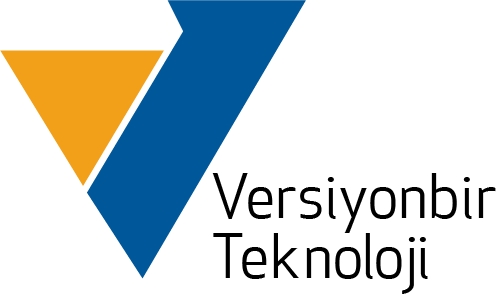What is the Ethereum Virtual Machine (EVM)?
Ethereum is a blockchain-based platform that runs smart contracts and decentralized applications (dApps). Unlike Bitcoin, Ethereum uses the Ethereum Virtual Machine (EVM), a virtual machine that allows you to write and execute smart contracts using programming languages.
The EVM is a virtual machine that is run by all nodes in the Ethereum blockchain. The EVM tracks every transaction executed on the Ethereum platform and stores the results of the transactions. Transactions can include smart contracts, dApps, and other applications on the Ethereum network.
The EVM is a Turing-complete virtual machine, meaning it can perform all computational operations. This means that the EVM can execute complex smart contracts written in any programming language. The EVM has a stack-based architecture used by every node in the Ethereum network to execute code.
The EVM preserves the decentralized nature of Ethereum. The EVM allows smart contracts and dApps to be executed securely and in a decentralized manner. Because the EVM is run by every node in the blockchain, all nodes will produce the same result. This preserves the decentralized nature of the Ethereum network and increases its security.
The EVM is also related to Ethereum’s gas cost system. Gas is the unit used to perform transactions in Ethereum. The EVM requires a certain amount of gas cost to perform each transaction. Gas is paid by every node in the blockchain and the gas cost is determined by the processing power of the node. This ensures that transactions are executed fairly on the Ethereum network and also helps prevent spam transactions.
Gas and the EVM
Gas is a fee system used to execute transactions on the Ethereum network. Each transaction consumes a certain amount of gas, and this gas fee is paid to the miners who process the transaction. Gas is used to measure transaction fees on the Ethereum network, and the amount of gas required for each transaction varies depending on the complexity of the transaction and the network congestion.
Gas measures the computational resources and time used when executing a transaction. Each transaction is recorded as a transaction in the blockchain, and the gas consumption of the transaction is stored in the blockchain as well. Gas is also important for ensuring the security of transactions on the Ethereum network, as the maximum gas limit that a transaction can consume is set, and if a transaction consumes more gas than this limit, the transaction will fail and be rolled back on the network.
In the Ethereum network, Gas prices can vary depending on market forces and the Gas fee required to make a transaction can vary depending on transaction density, Gas prices, and transaction complexity. Gas prices determine the transaction costs on the Ethereum network and can increase when network congestion increases, and decrease when it decreases.
How Does EVM Work?
It is operated by every node in the Ethereum blockchain. EVM records the codes of smart contracts and other applications to the blockchain, and each node downloads and runs these codes. This eliminates the need for applications to be hosted on any server or require special software. It uses a stack to execute the codes. The stack stores information such as variables, operations, and state of the code. EVM processes each step of the code based on the information stored in the stack. The stack is updated at each step, and the result of the code is stored in a new stack state.
Thanks to the Turing completeness of smart contracts in the Ethereum blockchain, EVM works quite flexibly. This allows application developers to develop a wide variety of applications using smart contracts programmed in EVM.
EVM runs a low-level set of operations called bytecode. Smart contracts written in Ethereum programming languages (such as Solidity, Vyper, etc.) are compiled into bytecode to be executed by EVM. EVM performs the functionality of smart contracts by executing bytecode. It sets a Gas limit for each operation, which determines how much computing resources the operation can use. The Gas limit also determines how much transaction fee the operation requires. The transaction fee is calculated by multiplying the Gas price by the Gas limit. This fee is paid to the miners who process the transaction.
The operation of EVM is also related to the verification process, which is a necessary step for completing a transaction. EVM performs mathematical operations used in the verification process and performs a customized operation necessary to confirm the transaction in the blockchain. This results in adding a new transaction to the blockchain and updating it. It is very important for ensuring security in the Ethereum network. The design of EVM allows any contract to be executed by any node in the Ethereum network, while providing the necessary security features to achieve consensus among nodes in the network



